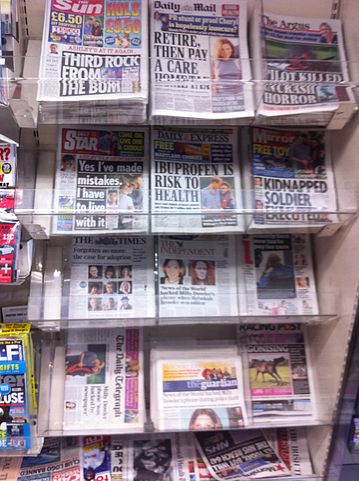Tabloid vs Broadsheet
The primary difference between tabloids and broadsheets lies in the size of the paper they are printed on. Some newspapers identify themselves as tabloids, while others are known as broadsheets. In this article, we will discuss the characteristics of each type of newspaper and highlight their differences.
What is a Broadsheet?
The most noticeable feature of a broadsheet is its size, typically measuring 11-12 × 20 inches. Broadsheets usually have six columns across and are known for their traditional and sober content and approach. They tend to use formal language, which is why they are often preferred by puritans and those who appreciate a more serious tone in their news. Broadsheets usually attract more affluent and educated readers. These papers often prioritize political news on their front pages, and examples of broadsheets include The New York Times, Washington Post, and Wall St. Journal.
What is a Tabloid?
The most noticeable feature of a tabloid is also its size, but tabloids are smaller, measuring 11 × 17 inches. Although broadsheets are more popular, there are still several tabloids available. Tabloids are more colorful and attractive in their approach. They tend to have shorter and more concise stories compared to broadsheets, which cover stories more in-depth. Tabloids often carry more pictures of celebrities and are popular among teenagers and the working class, who find them more interesting than traditional broadsheets. Tabloids are also more convenient for people traveling on buses or metro trains, as they are easier to read and fold. In terms of language and tone, tabloids are more modern, though some may consider their language to be slang-heavy. Tabloids often prioritize sensational crimes on their cover, but not all broadsheets are traditional, and not all tabloids are colorful. There are respectable tabloids such as the New York Daily News and Boston Herald.
Key Takeaways
- Broadsheets are larger in size, more formal in language, and cater to a more affluent and educated audience. They focus on serious news and have a traditional approach.
- Tabloids are smaller in size, more colorful and colloquial in language, and appeal to a younger and working-class audience. They often focus on sensational news and have a more modern approach.
- Examples of broadsheets include The New York Times and Washington Post, while examples of tabloids include the New York Daily News and Boston Herald.
